Whenever a person thinks about buying a Tesla model, they usually look at its retail price and battery range. However, due to many regional weight restrictions, electric car enthusiasts are also concerned about Tesla’s weight.
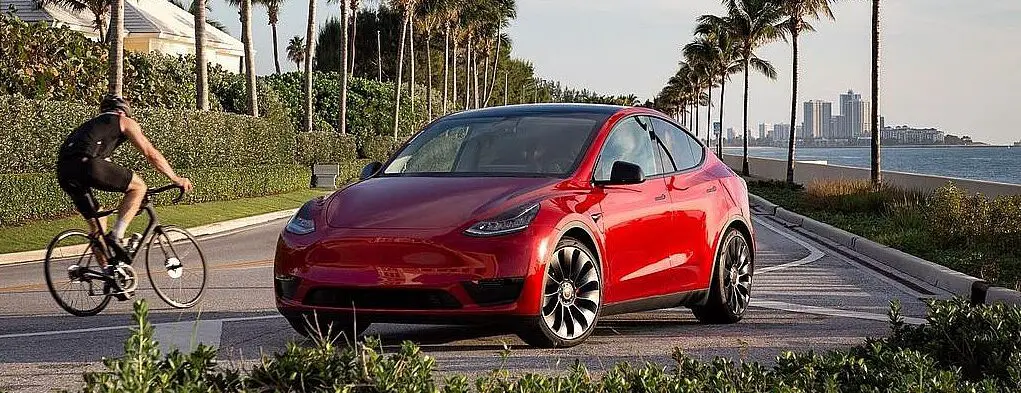
Different Tesla models have different weights, which can affect overall performance. Continue reading the article for a weight comparison between other Tesla models.
Contents
What is weight and why is it important?
The laws of physics govern our entire universe – sorry, Tesla, those laws apply to you as well; you’re not that special.
For example, every object has a mass. When gravity is applied to this mass, we get weight.
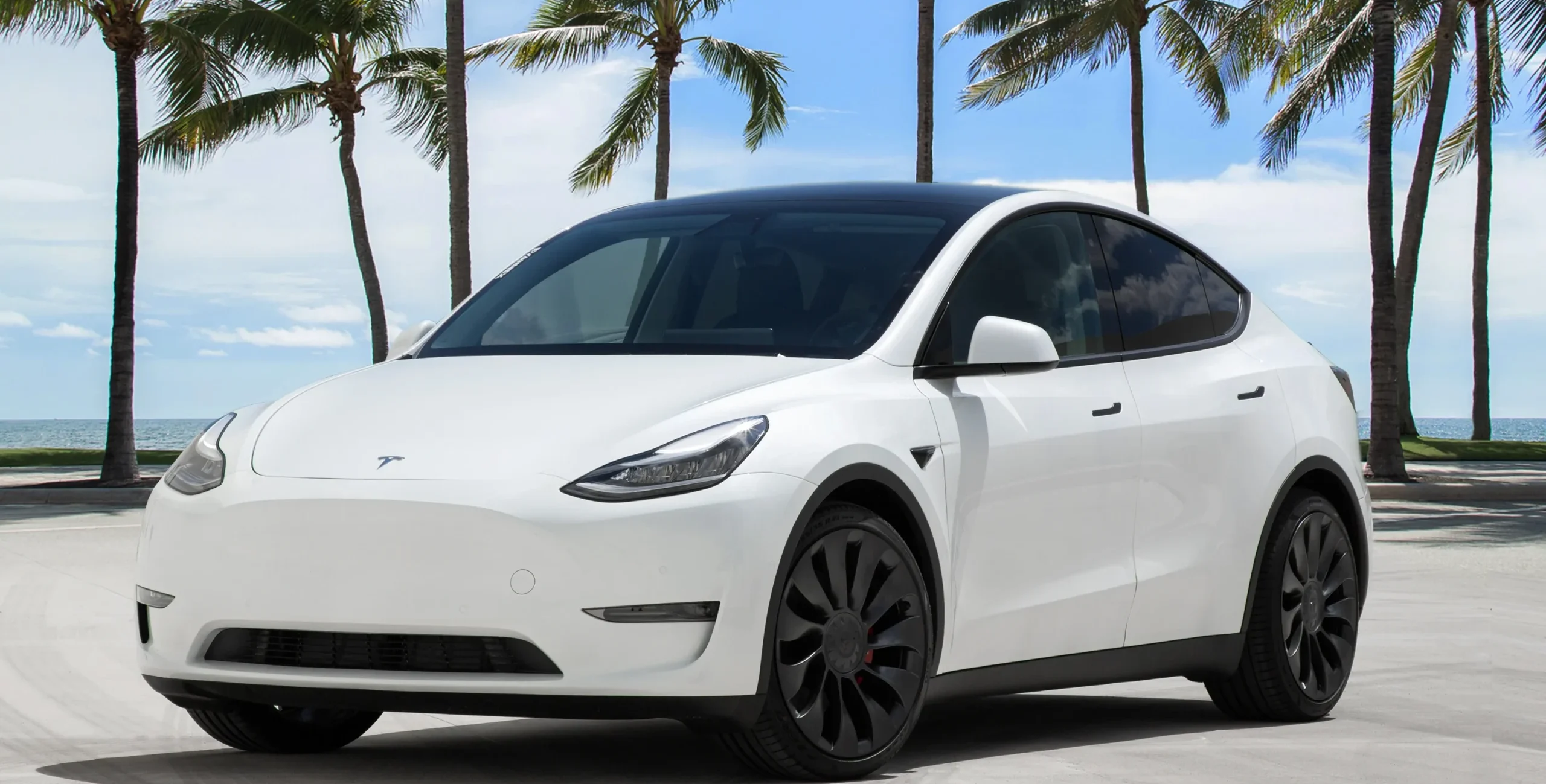
A car’s weight/mass affects the rate and interacts with different rules of movement. For example, the weight of a car influences how quickly it may rev or delay down when you brake strongly.
A larger problem for vehicle proprietors is that heavier cars pull more energy from the motor. Technically, this indicates that the weight of your Tesla model will impact its mileage. However, most electric vehicle manufacturers bring this into the narrative when creating the engine and battery pack.
How much does a Tesla weigh?
Tesla model weight varies from 2723 to 5390 pounds for the most recent versions. Below is a breakdown of the models:
- 1st Generation Tesla Roadster – 2723 lb.
- Model 3 Standard Range Plus – 3582 lb.
- Model 3 Long Range/Performance – 4065 lb.
- Model S Plaid – 4786 lb.
- Model S Long Range – 4561 lb.
- Model Y Long Range/Performance – 4416 lb.
- Model X Long Range – 5185 lb.
- Model X Plaid – 5390 lb.
You can imagine charging your car the same way you charge your phone. Sounds tempting, but the Tesla model made it possible.
Electric cars use electricity instead of diesel or gasoline.
But then again, the thing that scares me the most is how efficient these cars are, given the amount of power it takes to propel a vehicle of that weight.
Well, Tesla’s electric cars are very efficient. Read on to find out more about these high-tech vehicles.
How much does a Tesla Model 3 weigh?
The Tesla Model 3 has two trim levels: Performance, and Rear-Wheel Drive. The weight of these models ranges from 8514 lb for the high-performance model to 8924 lb for the rear wheel model. The average weight of these two models is 3955 pounds.
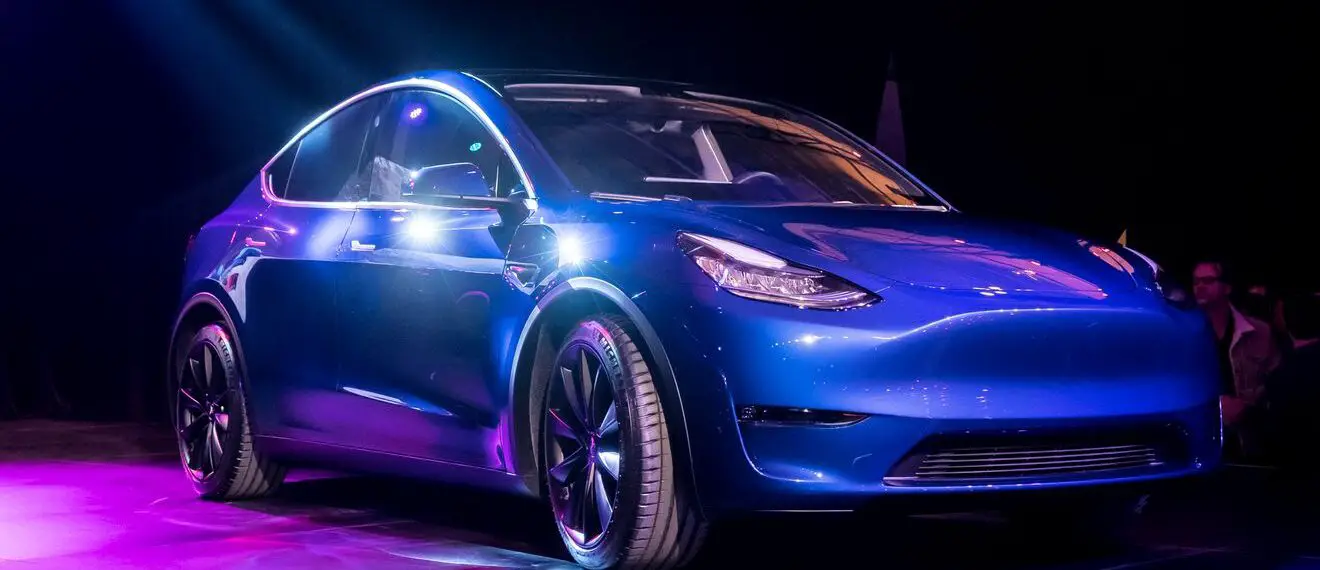
The Model 3 is just less than the Model S by a 713 lb distinction. This weight difference is large because the Model 3 battery is 15% lighter at 180 pounds.
The battery is lighter due to the 2170 battery cells used. Each of these cells weighs about 68 grams.
How much does a Tesla Model S weigh?
Due to heavier components such as the battery pack, most Tesla model is made up of lightweight aluminum body frames. As a result, they dropped 1,100 pounds by simply replacing the interior panels with lighter alternatives.
The components are constructed of fiber composite made by Bcomp-Composite Solutions.
They ably formulated a steady internal panel that is both rigid and light. The development is thermoplastic panels named PowerRibs.
Tesla cars reduced the weight of the Model S by 50% by simply replacing the panels. In addition, the use of aluminum alloy rims further reduced the weight. These wheels weigh about 29.6 pounds each and are 21 inches in diameter.
As mentioned earlier, the battery is the culprit for all-electric cars being so heavy. They are around 1200 pounds but vary by model.
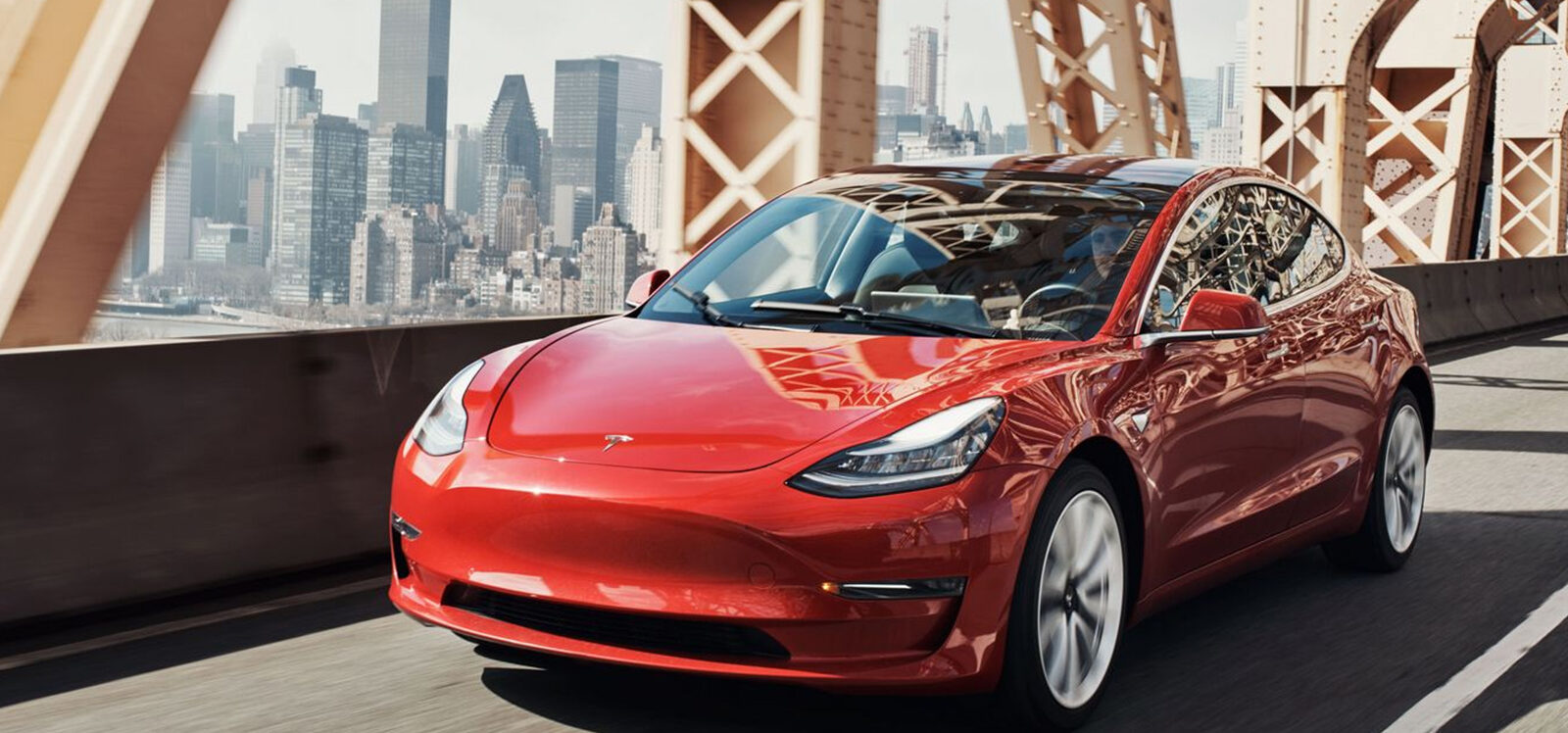
The different batteries used in the Model S account for the 215-pound weight difference. The varied option has a dispensable back axle engine with 99.3 kWh lithium-ion battery cells, while the traditional model has a 95 kWh battery.
How much does a Tesla Plaid weigh?
Tesla Plaid weighs 4766 pounds. It’s very hard for a car! But it is still lighter than some SUVs and trucks.
The Tesla Plaid is also a great choice for those looking for an environmentally friendly car. The Plaid has a range of up to 372 mi per charge, which is significantly more than most other electric cars on the market.
How much does a Tesla Roadster weigh?
The lightest Tesla Roadster to date weighs in at 2,723 pounds. This weight includes a battery pack, which weighs approximately 1836 pounds.
This is a very light car for its size and class.
It has a unique aluminum chassis that helps keep the weight down. The Tesla Roadster also has many integral components that add to its weight, such as an electric motor and batteries.
How much does a Tesla Model Y weigh?
As for the Tesla Model Y, no revolutionary changes affect its weight. The SUV can seat 7 passengers and weighs 4398 pounds. It is 12% lighter than the average-weight SUV.
Other SUVs on the market can weigh up to 6,000 pounds. The Model Y has an amazing ease rating likened to different SUVs seeing it’s an electric vehicle.
How much does a Tesla Model X weigh?
The Tesla Model X is a more luxurious version of the Tesla Model Y SUV, priced at $104,990. Its size is larger and hence it comes with a bigger battery. Many people complain that the Model X is too heavy.
Like the Tesla Model 3, S, and Y, the Model X also has an aluminum alloy and steel body. However, the higher steel content gives it greater structural strength at the cost of more weight.
To minimize overall curb weight, Tesla does not offer a spare tire kit for its Model X. This allows it to have a long range of 351 to 400 miles and an excellent top speed of 155 to 165 mph.
Tesla has included a battery pack containing five lithium-ion batteries to power the massive beast.
The lithium-ion battery chemistry allows the Tesla Model X to have a long-range, higher capacity, and outstanding overall performance. Moreover, five batteries give the model more capacity than all other cars.
How much does a Tesla Cyber weigh?
The Tesla Cyber truck weighs between 5,000 and 6,500 pounds, depending on model and configuration. The base model with a 250 kWh battery pack weighs 3,100 pounds.
The Tesla Cybertruck has a range of up to 500 miles. The base model has a range of 250 miles. The twin-engine, all-wheel drive version has a range of 500 miles.
Tesla cars are significantly heavier than traditional internal combustion engine vehicles. This is because of the batteries, the heavy frame, the air suspension, and the metal armor around the battery to protect it. Cars tend to be larger than their petrol counterparts, which adds to their weight.
While Tesla’s exact weight varies by model and configuration, the average Tesla weighs around 4,500 pounds. This is significantly heavier than a similarly sized gasoline car, which typically weighs around 3,000 pounds.
Tesla’s increased weight may come with some downsides. First, it can shorten the range of the vehicle, as more energy is needed to move a heavier object.
The extra weight can also put stress on vehicle components and increase wear. Despite these shortcomings, Tesla’s increased weight is largely offset by the vehicle’s superior performance.
Does weight affect electric car performance?
So, does weight affect the performance of an electric car? The answer is yes. Weight can affect the performance of an electric vehicle. However, the extent to which weight affects performance depends on the specific car and how it is driven.
Require more energy to move
When it comes to electric vehicles, weight is an important factor. A heavier car will need a more powerful electric motor to reach the same level of performance as a lighter car. This extra weight can also affect the range and efficiency of an electric vehicle.
For example, a heavier electric vehicle will typically have a shorter range than a light electric vehicle. This is because the extra weight of the car will require more power to move, which will reduce the overall car’s battery capacity.
However, the added weight of a heavier electric vehicle can also help improve vehicle performance. This is because the extra weight can provide additional traction and stability, which can be beneficial when driving in dynamic conditions.
In general, weight is a factor to consider when choosing an electric vehicle. The effect of weight on performance will vary depending on the specific vehicle and how it is driven. However, in general, a heavier electric vehicle will require a more powerful electric motor and will have a shorter range than a light electric vehicle.
How to reduce the overall weight of the Tesla model?
Lighter Tesla cars will be able to reach the speed that Tesla advertises. Moreover, the range of its battery will remain intact, which means you can use it for its intended purpose.
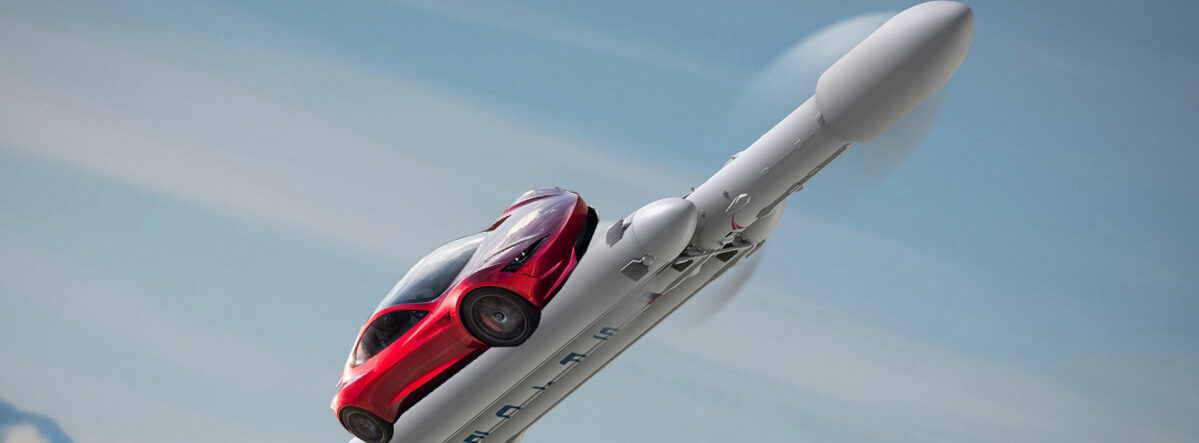
All Tesla model components that contribute to weight, such as the battery, tires, engine, etc., have a purpose. Therefore, you can’t just take them off to reduce Tesla’s weight.
However, certain measures and tips can help reduce the unnecessary weight that might be holding your Tesla back. To reduce the general weight of the Tesla model, you should:
- Avoid carrying unnecessary baggage over Tesla’s listed carrying capacity.
- Never allow the number of passengers to exceed the total number of seats. For example, seating six people in a compact Tesla Model 3 sedan will significantly increase its overall weight.
- Do not place bicycles or luggage on the trunk as this may upset the balance of the vehicle. Instead, get a roof rack for this purpose.
- Do not customize your Tesla to have unnecessary modifications, additions, or embellishments.
Factors affecting Tesla weights
Many factors can affect the weight of a Tesla model. The most significant factors are the battery pack, onboard electronics, charging equipment, suspension, and hardware.
Battery pack
One of the most important is the battery. Heavier batteries tend to add weight to the car, so if you want your Tesla to be light, you should opt for a lighter battery. The heavier the battery, the heavier the Tesla will be.

Most modern Tesla model is equipped with lithium-ion batteries. These batteries are significantly heavier than the lead-acid batteries that were once standard in automobiles.
Onboard electronics
Another factor is the board electronics. While many people think that Teslas are “all-electric” and therefore they don’t have any electronic components, they have quite a few circuits on board.
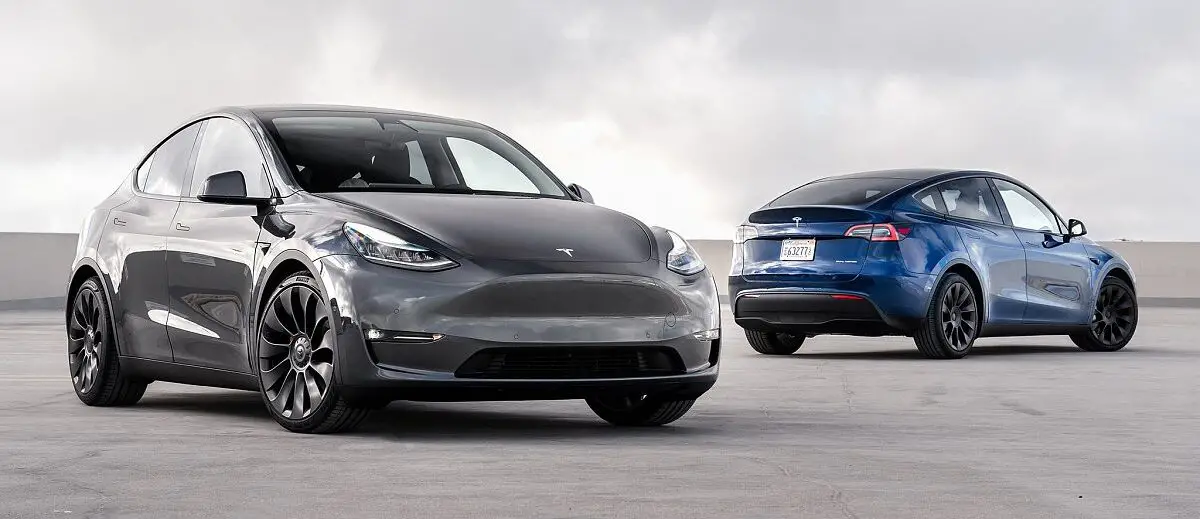
This includes the computer system that controls the electric vehicle and the charging system. The weight of these components may increase, especially if multiple batteries are installed on board.
Charging equipment
Charging equipment is one of the key components of electric vehicles that affect performance and weight. The charger controls the amount of electricity supplied to the battery, which determines how fast the vehicle charges. In addition, the charger is often one of the heaviest items in an electric vehicle due to its large size and the weight of its metal components.
Suspension and hardware
Teslas are pretty heavy cars. This is partly due to their large battery packs to power their electric motors. But suspension and hardware could also play a role in Tesla’s weight gain. This is because, unlike most cars, Tesla uses air suspension. This means they have heavier springs and dampers than a traditional car.
FAQ
Are Teslas heavier than normal cars?
All Tesla electric cars are several hundred pounds heavier than the average traditional vehicle on US roads. However, they are not as heavy compared to other all-electric passenger cars.
Are Teslas heavier than gas cars?
Electric vehicles weigh more than their internal combustion engine counterparts, and this affects maintenance, safety, and even pollution. The extra weight of electric vehicles is a challenge for automakers aiming to increase at least half of their sales to be all-electric by the end of the decade.
Does a Tesla weigh 6000 pounds?
Great question – yes, as crazy as it sounds, there are a few electric vehicles that weigh over 6,000 pounds. For example, the Tesla Model X weighs 6,250 pounds.
Why is Tesla so heavy?
The extra weight of an electric car comes from the battery pack, which typically weighs over 1,000 pounds. Manufacturers like the Tesla models are trying to keep the overall weight down by using lightweight car aluminum bodies.
Conclusion
Understanding the different Tesla weighs could clear some sunshine on performance. Or possibly, their weight was only an entertaining point that fascinated you.
As you can notice, various models have distinct weights hanging on the car type. In addition, the Tesla model has caused certain that its motors check the weight. Sure, Tesla may be heavy, but it can also be quick.




A lighter vehicle is faster, more agile, and requires fewer consumables (tires, brake pads, etc.) than an equivalent heavier vehicle.
I had a Tesla Model X. The car is big, which is not always convenient. Very heavy – it is very strongly felt during all maneuvers. Due to the large weight, when turning the steering wheel on the spot – for example, before leaving the parking lot – the rubber makes a lot of noise on the asphalt. In general, the sound insulation is not very good – it can be better. I can’t say that all these moments annoyed me greatly, but I didn’t get much pleasure while driving.
A lighter car remains my personal preference.